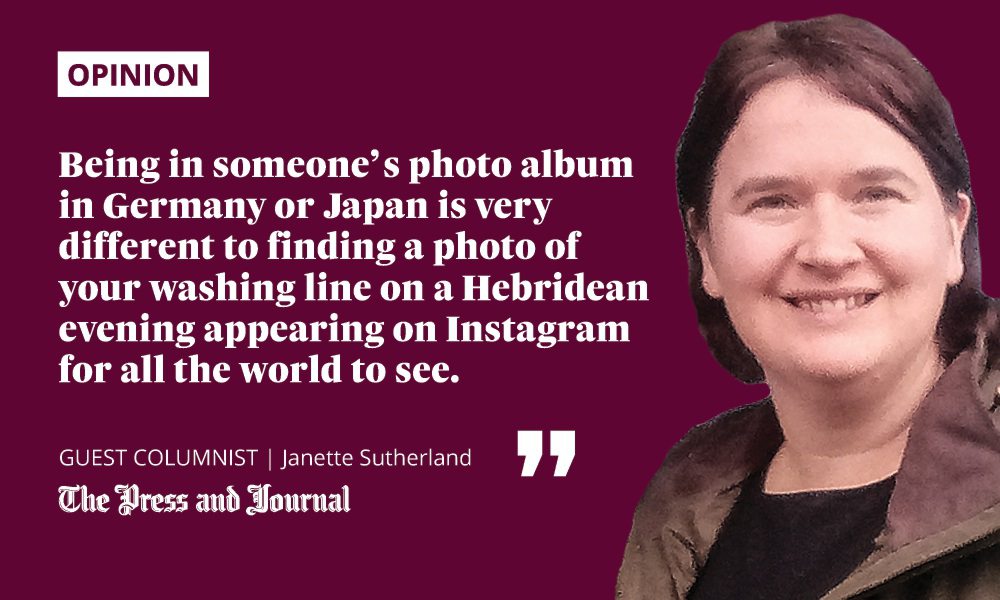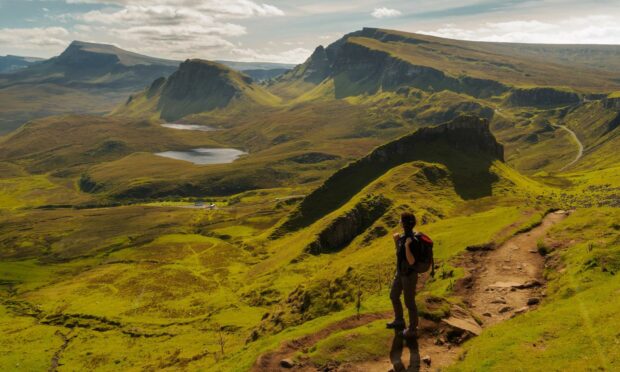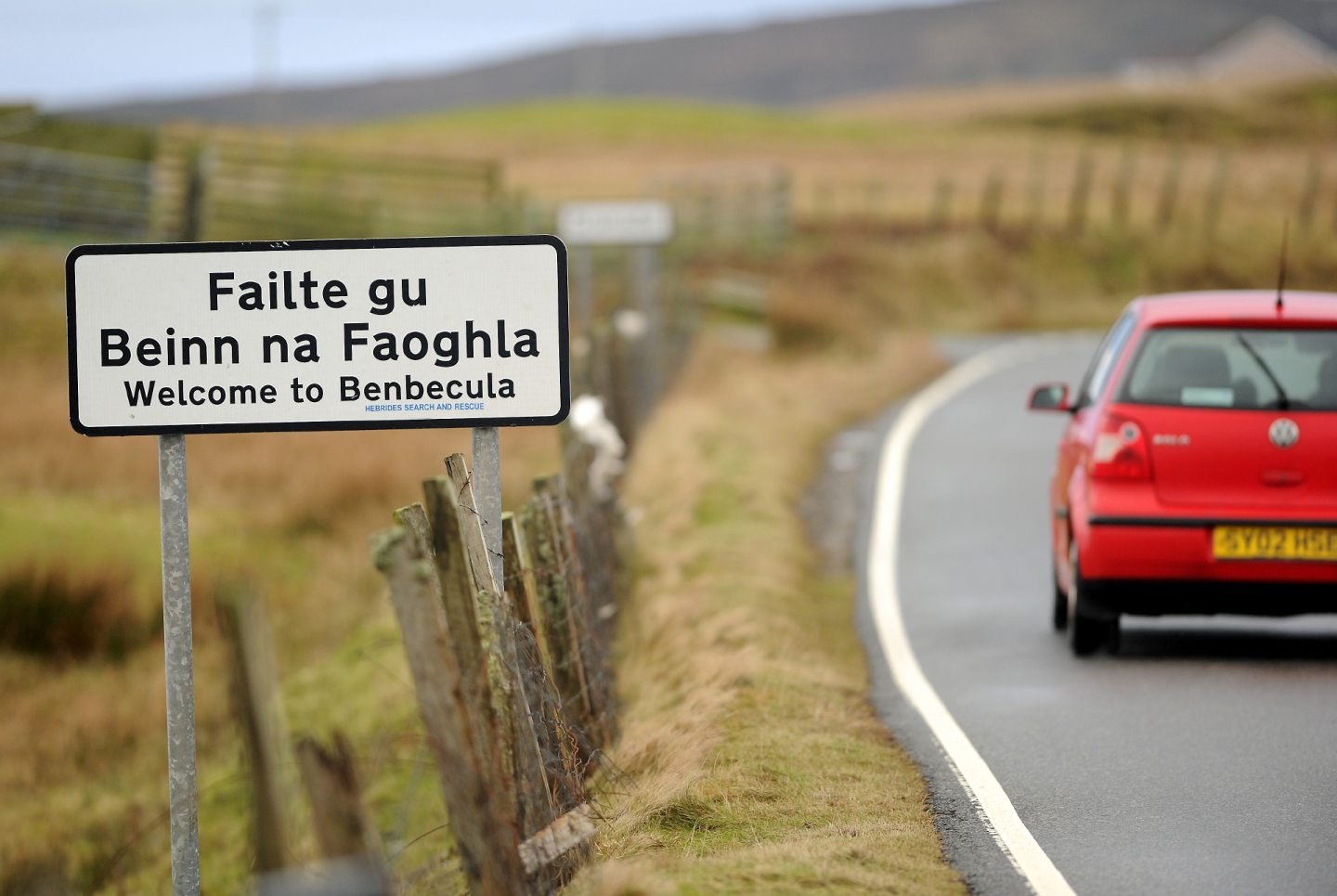When my sister and I went trekking in the Grand Canyon, as part of the orientation the tour guides explained that when we went through the village of Native Americans, we should not take their photos.
This instruction was correct, as was the reasoning: “How would you feel if you were going around your normal business and someone took a photo of you and your house?”

But we did laugh mirthfully later as we reflected that, growing up on Skye, we were very used to tourists taking our photo while we were doing normal things (to us). We had many memories of tourists pulling over and getting out to snap pictures of us moving sheep and cows on the road, riding a pony, or putting washing out on the line to dry.
However, much has changed since then – primarily the scale of tourism. Social media has also changed the nature of citizen photography; being in someone’s photo album in Germany or Japan is very different to finding a photo of your washing line on a Hebridean evening appearing on Instagram for all the world to see.
A raft of examples of poor tourism practice shared at the Holyrood Cross Party Group for Crofting, numerous examples on social media of campervans parking in cemeteries, and even one case of a tent inside a cemetery on Harris, has strengthened my feelings that we should take a leaf out of the book of our Grand Canyon guides and be much more explicit with visitors about respectful behaviour.
A lack of knowledge is to blame for poor etiquette
Many of the bad practices of dirty camping, poor guiding etiquette, and damaging interaction with wildlife and livestock come about through lack of knowledge.
The Isle of Skye is a landscape cherished by the world but shaped by the crofting practices of long ago and now. However, the working crofting landscape is rarely explained to tourists, which is providing them with an impoverished experience and damaging their relationship with both the land and its people.
For the tourists, having a more holistic view of the landscape and people will only enrich their experience
I have worked with various members of the tourism and crofting sector through the project Scotland’s Rural Tourism Economy post Covid19: A Natural Capital Approach, funded by the University Innovation Fund from the Scottish Funding Council.
Following the work of the project, it is clear we need:
- Better information for the tourism sector about the crofting landscape and good behaviour. One idea could be to create an accreditation for tour guides and tourism staff to verify that they are knowledgeable on this aspect of the landscape and culture.
- Work to reduce the negative impact on crofting and farming businesses in tourism hotspots. Our work with SkyeConnect conservatively calculated these costs on four sites in Skye to range from £400 to £2,325 per year.
- Improved tourist information about culturally inappropriate behaviour. For example, campervans should not park in church or cemetery car parks.
- To consider whether a levy or voluntary donations are the best way to help fund the disadvantages that tourism brings and find ways to mitigate these.
- Find ways to counter false information provided by tourists to other tourists, especially when it is in contravention of the access rights and responsibilities of Scotland.
- Better infrastructure to reduce the traffic pressure on tourism hotspots.
We can engineer a win-win situation
I am convinced that if we have the confidence to take these steps and create realistic boundaries and improved information, it will not dilute the warm Highland welcome, but will in fact make it more genuine, as we are not trying to turn a blind eye to the things that cause us and our landscape distress.
For the tourists, having a more holistic view of the landscape and people will only enrich their experience.
In 2019 it was calculated that in Skye visitors brought £211 million to the local economy. There is the opportunity for a win-win, but it will not happen without some creative and focused action.
I believe this is a crucial time to act in order to protect the successful tourism industry from itself and secure a vital part of the economy for our post-lockdown work.
Janette Sutherland is senior consultant at SAC Consulting, part of Scotland’s Rural College (SRUC)

